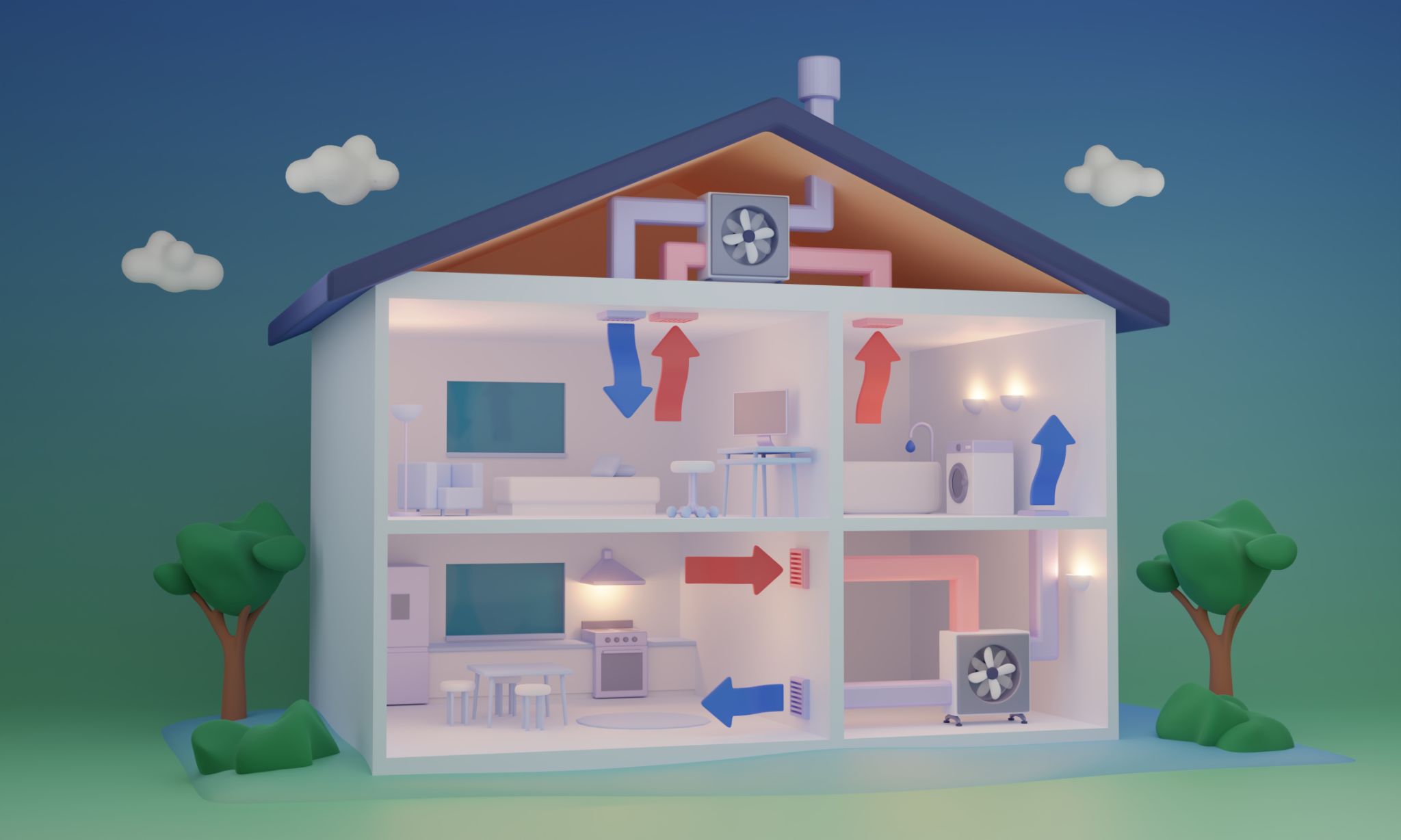Tempe HVAC Installation: A Step-by-Step Guide to a Comfortable Home
Understanding HVAC Systems
Heating, Ventilation, and Air Conditioning (HVAC) systems play a vital role in maintaining a comfortable indoor environment. Whether you're experiencing the desert heat of Tempe or its cooler months, an efficient HVAC system is essential. Understanding how HVAC systems work can help you make informed decisions about installation and maintenance.
The main components of an HVAC system include the furnace, air conditioner, ducts, and thermostat. Each part works together to regulate indoor temperatures and improve air quality. Choosing the right system for your home depends on factors such as your home's size, insulation, and energy efficiency needs.

Preparing for Installation
Before beginning the installation process, it's crucial to prepare adequately. This involves assessing your home's current setup and identifying areas for improvement. Start by checking the insulation in your attic and walls, as this can significantly affect heating and cooling efficiency.
Next, consider your budget and financing options. HVAC systems can be a significant investment, so explore various models and brands to find one that fits your needs and financial plan. Additionally, consult with a professional HVAC contractor who can provide expert advice on system selection and installation.

Choosing the Right Contractor
Selecting a reliable HVAC contractor is essential for successful installation. Look for contractors with experience in Tempe's climate and a solid reputation in the community. Check online reviews and ask for recommendations from friends or family to ensure you hire a trusted professional.
When interviewing potential contractors, inquire about their licensing, insurance, and certifications. Additionally, request a detailed estimate that outlines all costs associated with the installation process. This transparency will help you avoid unexpected expenses down the line.
Installation Process
The installation process typically begins with removing any existing equipment and preparing the site for the new system. The contractor will then install the indoor and outdoor units, ensuring proper placement for optimal performance. Attention to detail during this phase is critical to avoid future issues.

Once the main components are installed, the contractor will connect the ductwork and electrical wiring. Proper sealing of ducts is crucial to prevent air leaks that can reduce efficiency. The final step involves installing the thermostat and testing the system to ensure everything functions correctly.
Post-Installation Considerations
After installation, it's important to familiarize yourself with your new system. Your contractor should provide instructions on operating the thermostat, changing filters, and performing basic maintenance tasks. Regular maintenance is vital for extending the lifespan of your HVAC system and keeping it running efficiently.
Schedule routine check-ups with your contractor to address any potential issues early on. Additionally, consider investing in a programmable thermostat to enhance energy efficiency and maintain consistent comfort levels throughout your home.

Benefits of a New HVAC System
Upgrading to a new HVAC system offers numerous benefits beyond improved comfort. Modern systems are designed with energy efficiency in mind, helping you save on utility bills. They also provide better air quality by filtering out pollutants and allergens, creating a healthier living environment.
A new HVAC system can also increase your home's value, making it an attractive feature for potential buyers if you decide to sell in the future. With technological advancements, today's systems offer enhanced features like smart home integration and remote access via mobile apps.
Investing in an efficient HVAC system tailored to your home's needs ensures year-round comfort and peace of mind. By following this step-by-step guide, you can navigate the installation process smoothly and enjoy the long-term benefits of a well-functioning HVAC system in Tempe.
